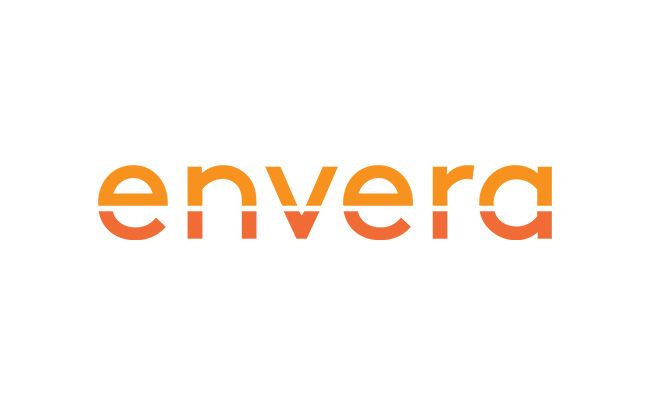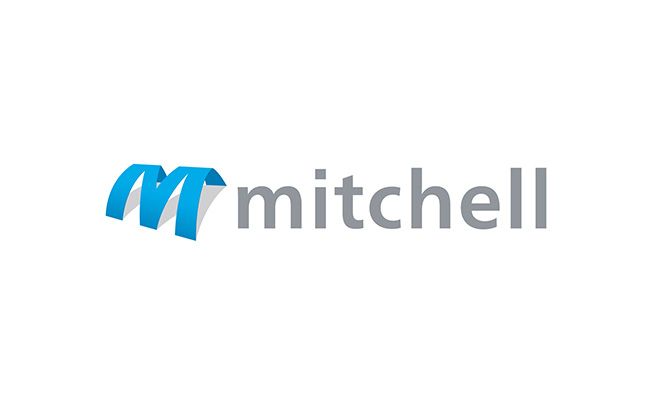CXOne Personal Connection
- Introduction
- What Is a Knowledge Management System (KMS)?
- Why Knowledge Management Matters in Customer Service
- Technical Architecture
- Use Cases for Customer Service
- Challenges and Solutions
- Persona-Based Benefits
- Key KPIs to Track
- Security and Governance
- Deployment Strategy
- Comparison: Static Knowledge Base vs. Modern KMS
- Final Thoughts
Introduction
In high-volume contact centers, knowledge is currency. Whether an agent is searching for a return policy, or a chatbot is responding to a product inquiry, Knowledge Management Systems (KMS) provide the answers that shape customer experience (CX).Yet many organizations still rely on siloed documents, outdated articles, or static FAQs—leading to long handle times, inconsistent answers, and frustrated users. Modern KMS platforms go far beyond static libraries. They combine content governance, AI-powered search, real-time agent assist, and omnichannel delivery into a unified system of truth.This guide covers the architecture, components, and impact of deploying a modern KMS in customer service environments.What Is a Knowledge Management System (KMS)?
A Knowledge Management System is a centralized platform for creating, curating, delivering, and optimizing knowledge across the customer journey.Core components include:- A searchable knowledge base
- Content authoring and governance tools
- AI-powered recommendation and retrieval
- Real-time integration with agent and bot interfaces
- Performance analytics and feedback loops
Why Knowledge Management Matters in Customer Service
1. Reduces Handle Time and After-Call Work
When agents spend less time hunting for information, resolution time drops and ACW is minimized.Example: Instead of searching through four systems, an agent types a phrase and receives curated, confidence-ranked responses pulled from a unified knowledge graph.2. Improves First Contact Resolution (FCR)
When agents and bots use the same verified content, consistency improves and customers get accurate answers on the first interaction.Example: A chatbot surfaces a warranty policy, and the agent gets the same article when the customer escalates—avoiding conflicting guidance.3. Enables Self-Service at Scale
A well-maintained KMS powers web self-service, chatbots, mobile apps, and voice IVRs—reducing inbound volume and supporting 24/7 operations.Example: Customers resolve account, shipping, and returns questions online, reducing ticket volume by 20–40%.4. Drives Omnichannel Consistency
Whether a customer calls, chats, or emails—answers should come from the same source of truth.Example: A customer reads a policy on your website, chats about it later, and sees that the agent references the exact same source.Technical Architecture
1. Centralized Knowledge Repository
All content—articles, FAQs, videos, workflows, and SOPs—is stored in a structured, searchable format. It includes metadata like:- Topics
- User intent tags
- Channel availability
- Update/version control
2. AI-Powered Retrieval and Recommendation
Modern KMS platforms integrate Natural Language Processing (NLP), intent detection, and semantic search to surface the best result in context.Technologies Used:- Vector databases (e.g., Pinecone, Weaviate) for semantic similarity
- Embedding models (OpenAI, Cohere, AWS Bedrock) for LLM search
- Auto-summarization for long articles
- Relevancy scoring and contextual ranking
3. Content Lifecycle and Governance Tools
Admins can assign roles (authors, reviewers, publishers) and workflows to ensure content stays accurate, reviewed, and aligned with brand/compliance standards.Governance Features:- Approval workflows
- Version history
- Scheduled expiration and review dates
- Feedback-based triggers (e.g., downvotes)
4. Agent Desktop and Bot Integrations
APIs or SDKs connect the KMS to agent UIs, chatbot frameworks, and customer-facing portals.Common Integrations:- NICE CXone Agent Assist
- Salesforce Knowledge
- Zendesk Guide
- Custom AI Assist widgets
- Web/mobile self-service portals
5. Feedback and Optimization Layer
Continuous learning is driven by:- Thumbs up/down ratings
- Search success/failure tracking
- AI-based article ranking and refinement
- Heatmaps of agent and customer behavior
Use Cases for Customer Service
Challenges and Solutions
Persona-Based Benefits
For Agents
- Access curated knowledge instantly within their desktop
- Save time on every interaction
- Minimize manual notetaking with auto-embedded knowledge links
For Supervisors
- Identify which agents search for what topics
- Coach based on KMS usage behavior
- Push training materials directly into workflows
For Customers
- Get fast, consistent answers across channels
- Avoid long wait times by solving issues independently
- Access knowledge 24/7 on web, app, or IVR
For Knowledge Managers
- Govern hundreds or thousands of articles with versioning and metadata
- Drive optimization through feedback loops
- Measure knowledge effectiveness across channels and teams
Key KPIs to Track
Security and Governance
- Role-Based Access Control (RBAC): Author, approver, publisher, viewer
- Audit Trails: Full history of article edits, views, feedback, and publication
- PII Governance: Ensure customer knowledge never stores personal data
- Regional Compliance: Knowledge rules can vary by location or regulation (GDPR, HIPAA)





